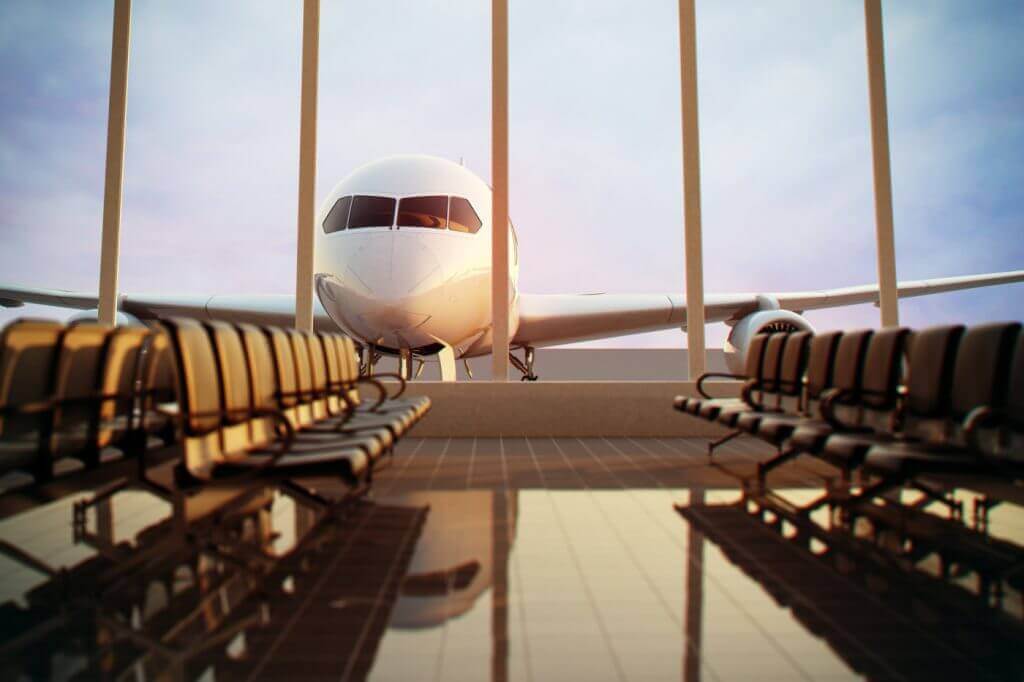
In the United States, airline capacity drops are seven to 17 times larger than those during the global financial crisis of 2008. Managing the reopening and recovery will also be a significant challenge given the uncertainty that surrounds travel regulations and traveler sentiment. The traditional booking funnel, in which travelers move from interest to purchase, no longer follows its previous pattern and pace. As such, airlines will need to update their capacity choices and meet recovering demand—and with much shorter timelines than before.
To help formulate a response to these challenges, IATA and McKinsey partnered to develop Air Travel Pulse, a dashboard that provides the travel industry with a current and comprehensive view of travel demand and indications of recovery.1 Air Travel Pulse brings together and summarizes the traditional leading demand indicators (such as air-travel search and ticketing data, flight schedules, and cancellations) with other public data sources (such as travel restrictions, online search behavior, and other traveler activity). The goal is to allow airlines and other sector participants to better gauge the progression of the booking funnel, deploy capacity, allocate marketing resources, and adjust pricing in the months ahead.
The latest data show that, while demand indicators remain significantly below precrisis levels, recent weeks have shed some light on developing traveler behavior (Exhibit 1).

As of May 25, 2020, recovery indicators are sending mixed signals with a slightly positive trend as countries prepare to not only ease restrictions but also account for a potential resurgence of coronavirus infections in Asia and Europe.
- Though they are starting from very low levels and focused on domestic travel, bookings are slowly picking up. Traveler uncertainty means that intercontinental ticketing is suffering the greatest declines across all regions, even for midterm forward bookings through the end of 2020.




